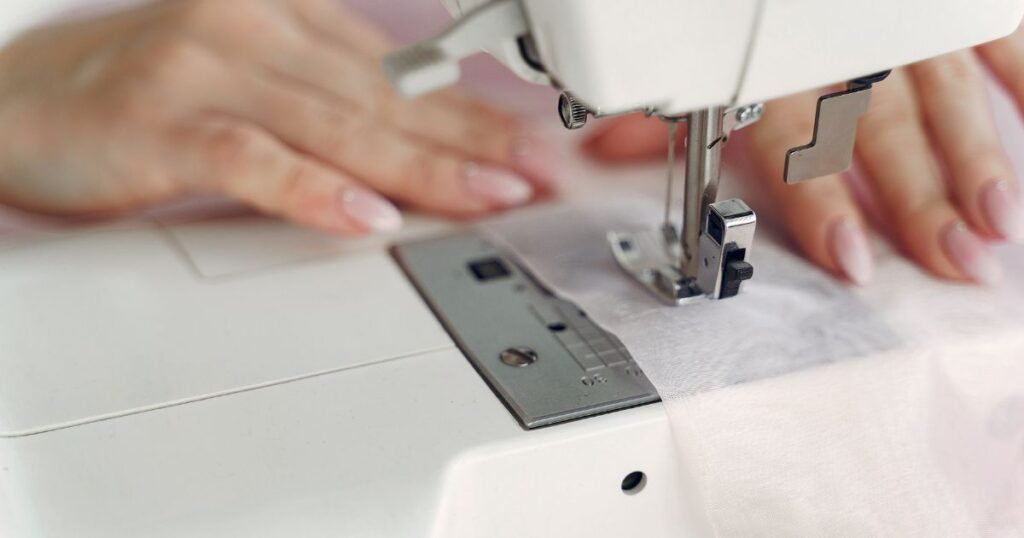Eyes on Thread Painting – Quilting Daily

Although there are so many options when it comes to creating portrait quilts, thread painting is the technique I find most inspiring. The ability to shape facial features with fabric and thread is remarkable.
Lea McComas is a master at thread painted portraits and is exceptional at teaching other artists how to use this technique in their own work. In past issues of Quilting Arts Magazine, Lea focused on developing individual features of the face including the eyes, nose, and mouth in thread painted portraits.
Each facial feature brings life to a portrait, but I would argue that the eyes are the most important. After all, eyes are the window to the soul, right?
Here are a few thoughts and tips from Lea to consider when thread painting the eye:
When open, eyelids do not form a symmetrical shape. The curve of the upper lid is more pronounced, while the lower lid has a gentler curve. Imagine the eye divided into thirds by horizontal lines. The corners of the eye will occur at the lower one-third line. The curve of the bottom lid occurs in that lower one-third area, while the curve of the upper lid fills the top two thirds.
Next, imagine the eye divided in thirds with vertical lines. The high point of the upper curve should appear one third of the distance from the inner corner of the eye, and the low point of the lower curve should occur one third of the distance from the outer corner of the eye.
When the eye is open, there is a lot of extra skin that tucks in under the eyebrow, creating a wrinkle. It is important to stitch this wrinkle to give a realistic appearance. The darker and more dramatic you make the wrinkle above the eye, the older the person will appear.
When stitching, remember parts of the eye, including the pupil, iris, and white of the eye, have distinct or hard edges. When stitching these areas, the threads from one area should not blend into another area.
If you want to learn more from Lea, you won’t want to miss her Thread Painted Portraits online course at Craft University. Watch as Lea demonstrates thread painting techniques and tips. This course has all of the instruction and contact of an in-person workshop, but you get to work at your own pace and in the comfort of your own workspace.
Happy thread painting!










Join the Conversation!